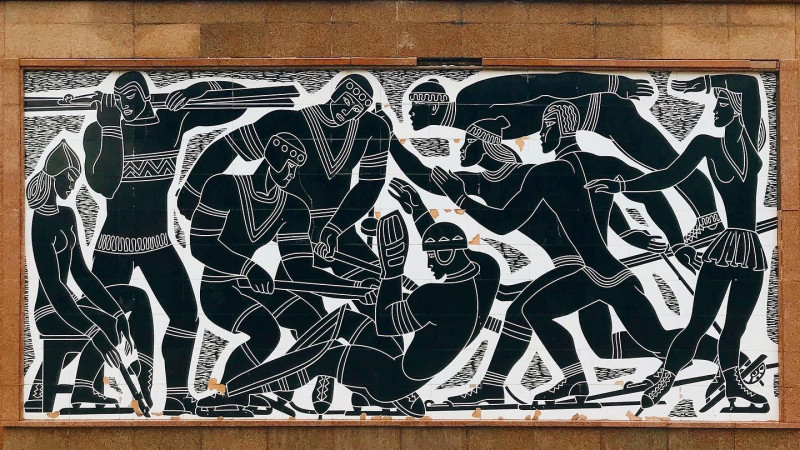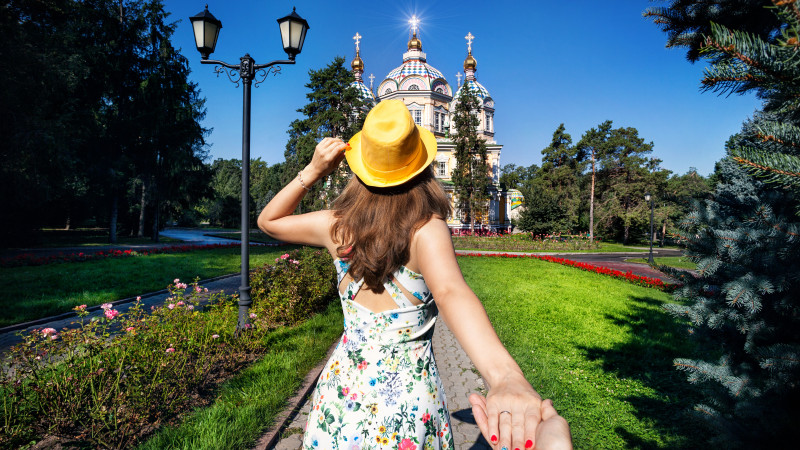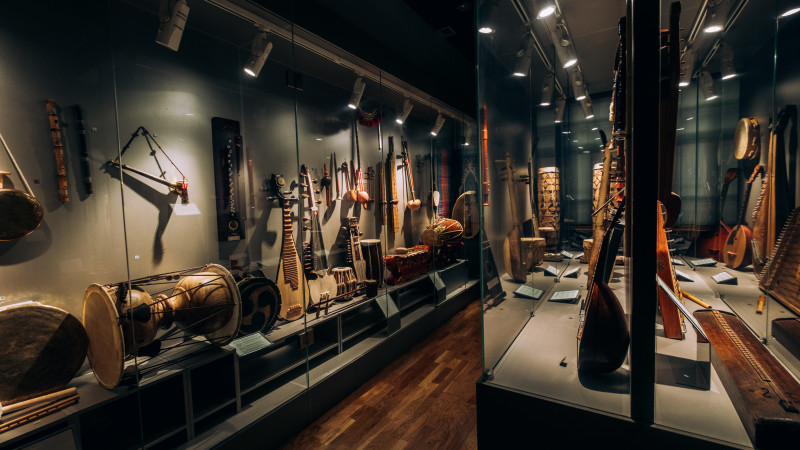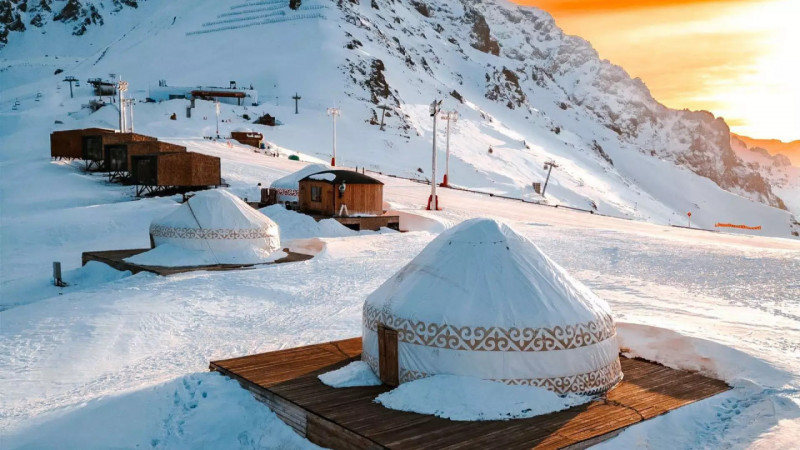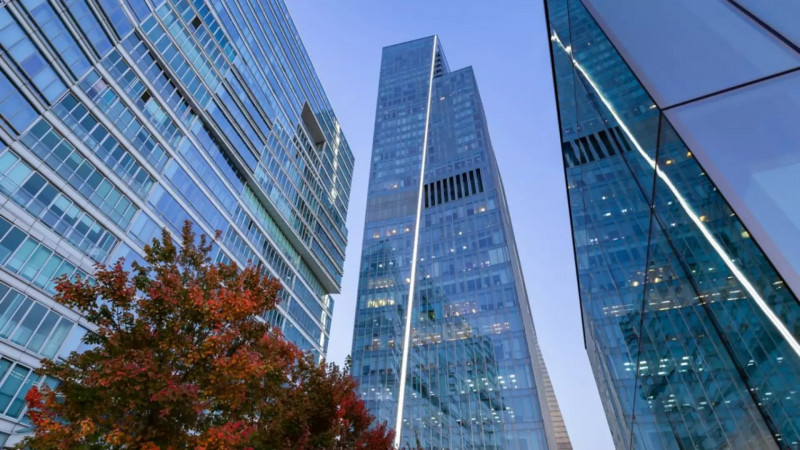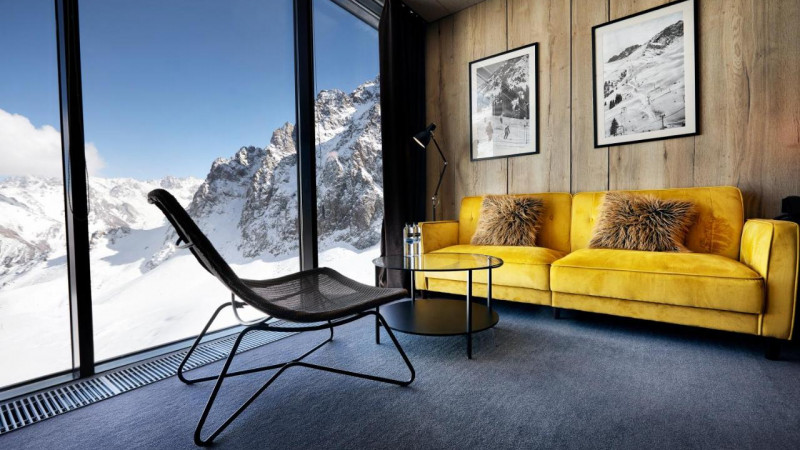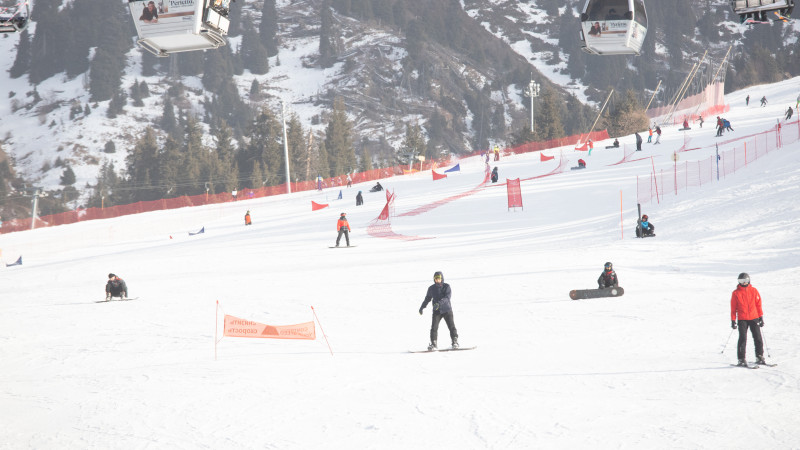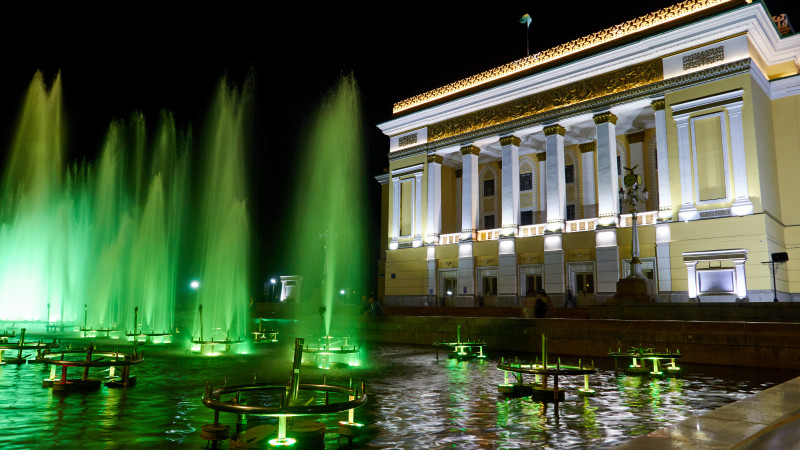The biggest city in Kazakhstan can rightfully be called an open-air museum. In Almaty, there are about a hundred different monuments and even more installations; there are more than 50 murals and over a hundred mosaics and sgraffitos decorating the streets of the city. In this article, let’s look at some of the most impressive mosaics and sgraffito that give Almaty its unique character.
Sidorkin’s works
The Soviet Union masters, such as Evgeny Sidorkin, have achieved true perfection in mosaic art, decorating many iconic buildings in Almaty with their works. One of his most famous works of sgraffito is decorating the building of the former cinema, the Center for Contemporary Culture “Tselinny” (59, Masanchi St.). They portray scenes from the lives of the Kazakh people. These works of art were considered lost for a long time until they were found under plastic panels during renovation.
His work that decorates the pediment of the Theater for Young Spectators, named after Gabit Musrepov (38, Ablai-Khan Street), is preserved better. It shows a girl in Kazakh national clothes and jewelry. She is surrounded by musicians with brass and string instruments, dancers, and two couples in Oriental and European clothes. The picture demonstrates the richness of the cultural life of the people.
Also, Sidorkin’s sgraffito decorates the walls of both sides of Baluan Sholak’s sports palace (44, Abay Ave.). One of the compositions shows athletes, weightlifters, volleyball players, gymnasts in motion, and biathletes. Another one depicts winter sports - hockey and figure skating.
Tverdohlebov’s workes
The muralist Vladimir Tverdokhlebov created many works of art, and one of the most famous is the “Oriental Calendar” fountain, located near the building of the National Academy of Sciences of the Republic of Kazakhstan (28, Shevchenko St.). The twelve figures symbolize signs of the zodiac, and the bottom is lined with mosaics depicting mermaids, fish, and other sea creatures. Incidentally, Tverdokhlebov’s works - stained-glass windows and mosaics - also decorate the interior of the Academy of Sciences. Another of his iconic works is the “Silk Road” mosaic, which decorates the facade of the Almaty Hotel (85, Kabanbay Batyr St.).
Kenbaev and Tsivchinsky’s works
Here, on the same Almaty hotel facade, you can see the panel “Enlik-Kebek” which shows several scenes from the eponymous Kazakh work. The authors of this panel are Moldakhmet Kenbaev and Nikolai Tsivchinsky. Their stained-glass window with a drawing of a bride can be found in the Symbat fashion house (43 Kunaeva St.). And “Girl with a Souvenir” stands on Mount Kok-Tobe.
If you go to Shymbulak, you can see a big panel with the athletes, which artists created in 1975. Also, Tsivchinsky’s mosaic with astronauts decorates building number 59 by Zheltoksan Street, and his “Kyz-Zhibek” panel decorates the Wedding Palace (101, Abay St.).
 +7 (777) 001 44 99
+7 (777) 001 44 99 Almaty
Almaty



 Қазақша
Қазақша Русский
Русский English
English





















